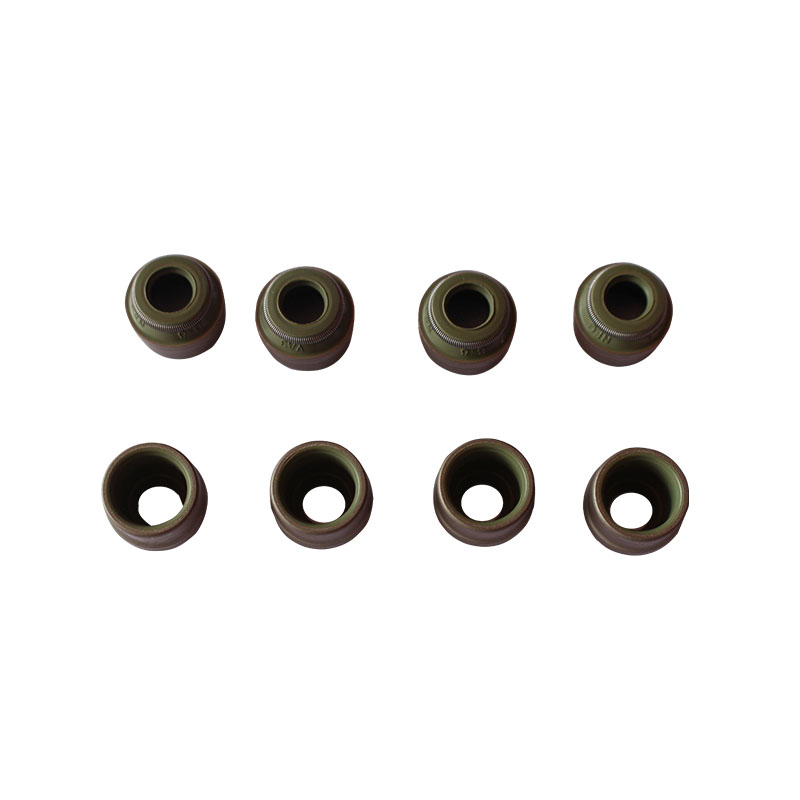Cost Analysis of Oil Seals Used in Shock Absorbers and Their Market Trends
Understanding the Pricing of Oil Seals for Shock Absorbers
Oil seals play a crucial role in the functionality and longevity of shock absorbers in various vehicles, including cars, trucks, and industrial machinery. These seals are designed to prevent the leakage of oil, thereby ensuring that the shock absorbers operate efficiently, maintain their performance, and reduce wear over time. Given their importance, it’s essential to understand the factors influencing the price of oil seals for shock absorbers.
1. Material Composition
The choice of material significantly impacts the price of oil seals. Common materials include nitrile rubber (Buna-N), silicone, and polyurethane. Nitrile rubber is widely used due to its excellent resistance to wear and ability to withstand varying temperatures. Silicone seals, while generally more expensive, offer superior elasticity and perform better in extreme temperatures. Polyurethane seals combine toughness with flexibility, making them a popular choice for high-performance applications. The specific material used directly influences manufacturing costs and, consequently, the final price of the oil seal.
The manufacturing process of oil seals can vary, affecting their cost. High-quality seals often require advanced manufacturing techniques, such as injection molding or precision machining. These processes are more capital and labor-intensive, which can drive up the price. Conversely, lower-quality seals produced using simpler methods may be more affordable but can compromise durability and performance. Buyers need to balance cost and quality to ensure they are purchasing a product that meets their needs.
3. Market Demand and Supply
oil seal for shock absorber price

Like any other product, the price of oil seals is also influenced by market dynamics. A surge in demand for shock absorbers in the automotive industry, for example, may lead to increased demand for oil seals, pushing prices higher. Conversely, if there is an oversupply of oil seals in the market, prices may dip. Seasonal variations, trends in vehicle manufacturing, and economic conditions can all play a role in determining market demand and supply, thereby affecting pricing.
4. Brand Reputation and Warranty
Brand reputation significantly contributes to the pricing of oil seals. Established manufacturers with a history of quality and reliability often charge a premium for their products. They may also offer warranties that cover defective products, providing customers with peace of mind. New or lesser-known brands may offer lower prices to attract buyers; however, the risk of lower quality and shorter lifespans could lead to higher long-term costs due to replacements.
5. Distribution and Logistics
The distribution channels and logistics involved in bringing oil seals to market also impact their price. Seals sourced from local manufacturers may be more cost-effective due to reduced shipping costs, while imports may involve additional tariffs and shipping fees. Therefore, customers should consider the total cost, including shipping and handling, rather than focusing solely on the sticker price of the seals.
Conclusion
In conclusion, the pricing of oil seals for shock absorbers is a multifaceted issue influenced by various factors, including material composition, production processes, market demand and supply, brand reputation, and distribution costs. When purchasing oil seals, it is vital for consumers to consider not only the immediate cost but also the quality and longevity of the product. Making informed decisions can lead to better performance of shock absorbers and overall vehicle functionality. In the end, investing in high-quality oil seals can save money in the long run by reducing the frequency of replacements and ensuring better performance on the road.
-
Simplifying Oil Changes: A Comprehensive Guide to Oil Drain Plugs and Their Variants
News Aug.04,2025
-
Mastering Oil Drain Maintenance: Solutions for Stripped, Worn, and Upgraded Oil Plugs
News Aug.04,2025
-
Fixing Oil Pan Plug Issues: Leaks, Stripped Nuts, and the Right Replacement Solutions
News Aug.04,2025
-
Everything You Need to Know About Oil Drain Plugs: Sizes, Fixes, and Upgrades
News Aug.04,2025
-
Choosing the Right Oil Drain Plug: A Guide to Sizes, Materials, and Drain Innovations
News Aug.04,2025
-
A Complete Guide to Automotive Drain Plugs: Types, Problems, and Innovative Solutions
News Aug.04,2025
-
The Ultimate Guide to Car Repair Kits: Tools and Essentials Every Driver Should Own
News Aug.01,2025
Products categories















